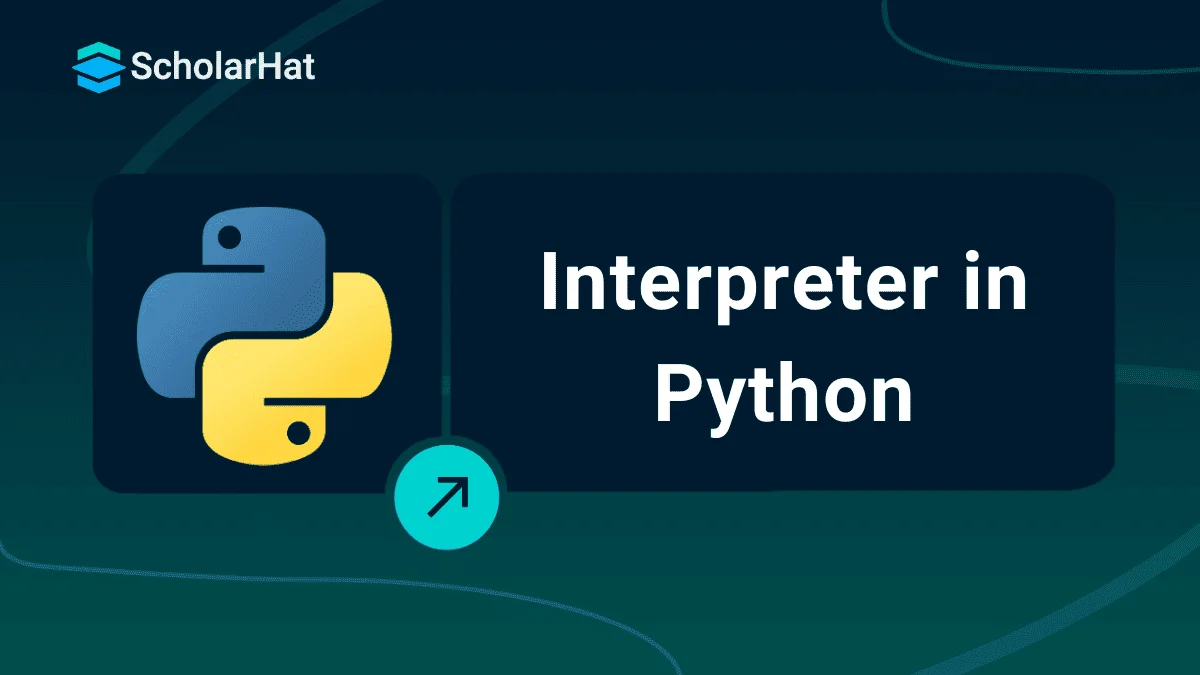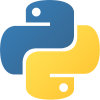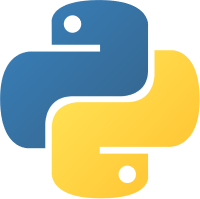What is a Python Interpreter?
A Python interpreter is a program that converts Python code into machine-readable instructions and runs them, enabling you to execute Python scripts and view results instantly. It acts as a bridge between the high-level Python code you write and the low-level instructions that the computer can directly utilize.
Are you also learning Python? Then you must have heard about the Python Interpreter for sure. It is an important part of Python Programming that executes your code. But what exactly is an interpreter, and how does it work in Python?
This Python Tutorial will explain to you what is an Interpreter in Python? and how the Python Interpreter works with Examples. 80% of beginners quit Python without guidance. Our Free Python Course keeps you on track—Enroll now.
| Read More: Top 50 Python Interview Questions and Answers |
What is a Python Interpreter?
A Python interpreter reads and runs your code one line at a time. Unlike a compiler, which translates the whole program before running it, an interpreter works step by step.
When you write something like:
print("Hello, World!")
Python quickly turns it into bytecode, then hands it off to the Python Virtual Machine (PVM) to execute. No need to compile—just write and run.
Python includes a built-in interpreter. The most common one is CPython, but others like PyPy and Jython work too. Each uses a slightly different process, but the goal is the same:
Turn your Python code into something the computer can actually do.
How does an Interpreter work in Python?
When you write a Python script and then run it, the interpreter goes through some steps that are as follows:
- Source Code Analysis: The interpreter reads the source code and converts it into some sort of token. This process is Lexical Analysis.
- Parsing: These tokens are parsed into a structure, which is called the Abstract Syntax Tree or AST.
- Compilation: This tree is then compiled into a low-level code known as bytecode.
- Execution: The bytecode is executed by the Python Virtual Machine or PVM, which translates the bytecode into machine code and runs it.
This process repeats every time whenever you run a Python script. This makes the programming dynamic.
How to Install and Run a Python Interpreter
To install a Python interpreter, follow these steps:
- Download Python: The very first step is to download Python onto your system. You can download the installer by going to the official Python website, that is, python.org.
- Install Python: Run the installer and follow all the instructions that appear on the screen. Make sure that you have added Python to your system PATH.
- Run the Interpreter: Open a terminal or command prompt and type python or python3 to start the Python shell.
You can now type Python commands directly into the shell and see the results immediately or run scripts by typing python script_name.py.
Example:
- Open Command Prompt on your computer.
- Go to your Script's directory using the cd command. For example, if your script is on the Desktop as 'hello.py'.
- Now, run the script like the below command.
cd Desktop
python hello.py
| Read More: Python Developer Salary |
Difference between Compilers and Interpreters
| Compilers | Interpreters |
| They translate the entire code before execution. | They translate code line by line during execution. |
| Generate an executable file. | No executable file is generated. |
| Typically, faster execution after compilation. | More straightforward to test and debug code interactively. |
| Errors are identified before execution. | Errors are identified during runtime. |
| Some of the compiled languages are C, C++, and C#. | Some of the interpreted languages are Python, Ruby, and PHP. |
Advantages of using Interpreters
- Interactivity: Allows for immediate feedback and testing, which is great for learning and debugging.
- Portability: Python code can run on any machine with a compatible interpreter.
- Simplicity: No need for a separate compilation step, making the development process faster.
Disadvantages of using Interpreters
- Performance: Interpreted code is generally slower than compiled code as the execution occurs line-by-line.
- Runtime Errors: Errors can only be found during execution, which makes debugging more difficult for large programs.
- Resource Usage: Interpreters usually take up more memory and processing power as compared to compilers.
Applications of Interpreters
Interpreters are widely used in various applications, for example:
- Web Development: Interpreters help Python frameworks like Django and Flask to fasten the process of development and testing.
- Data Science: We have tools like Jupyter Notebooks that allow data scientists to write and run Python code dynamically.
- Education: Python is a simple but interactive language, which is why it is a great choice for teaching programming concepts.
Conclusion
In this tutorial we explored that Python interpreter is what makes Python so easy to use—it reads and runs your code line by line without needing a separate compilation step. While it's slower than compiled languages, its simplicity, interactivity, and cross-platform support make it perfect for beginners, rapid development, and data science.
Full-Stack Python Developers earn 70% more than basic coders. Join our Full-Stack Python Developer Certification Training and skyrocket your salary!
FAQs
Take our Python skill challenge to evaluate yourself!

In less than 5 minutes, with our skill challenge, you can identify your knowledge gaps and strengths in a given skill.






